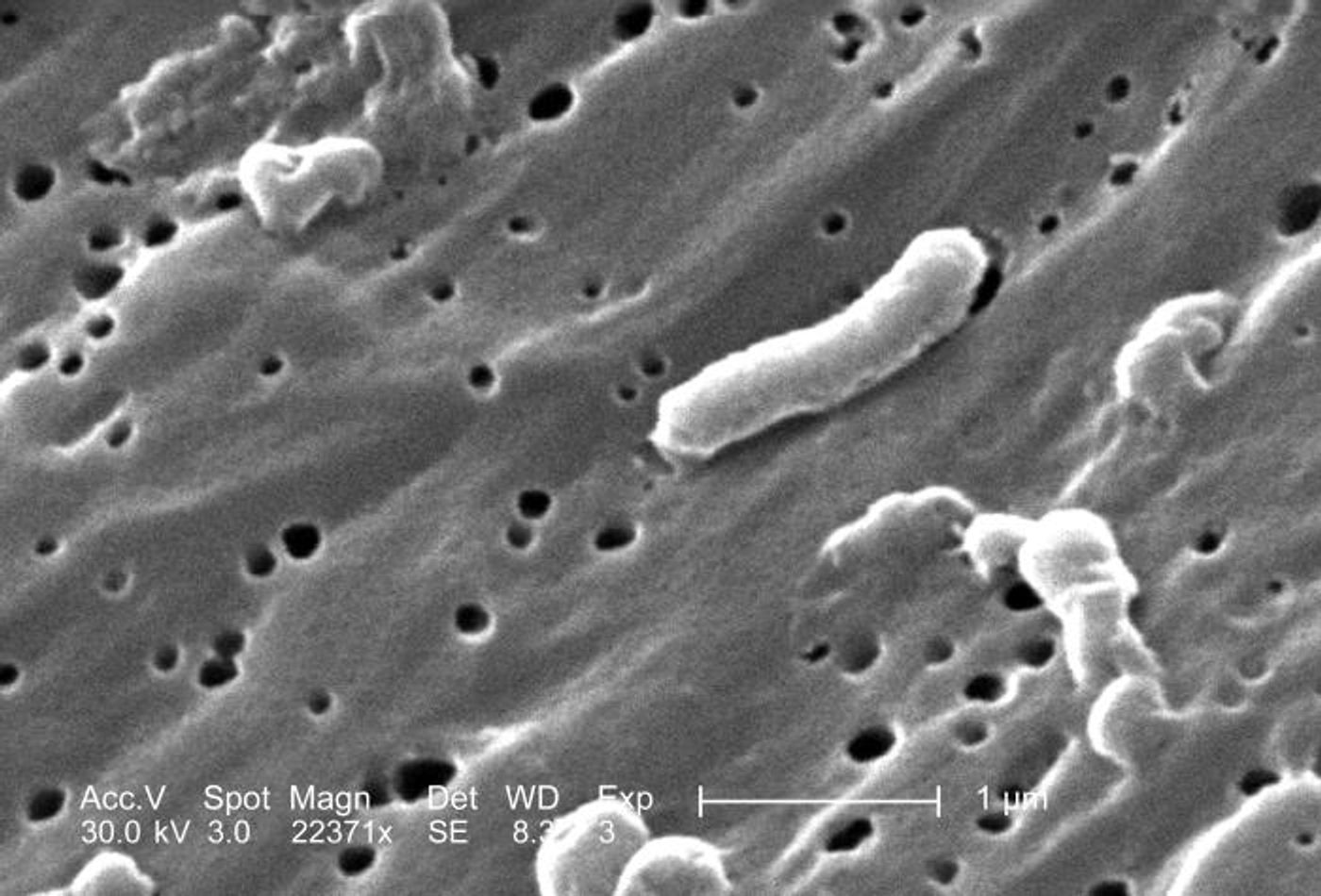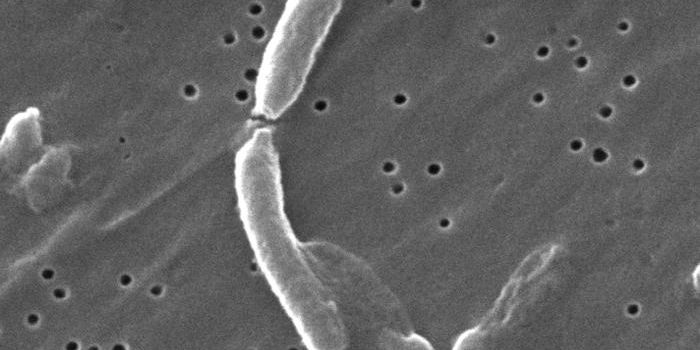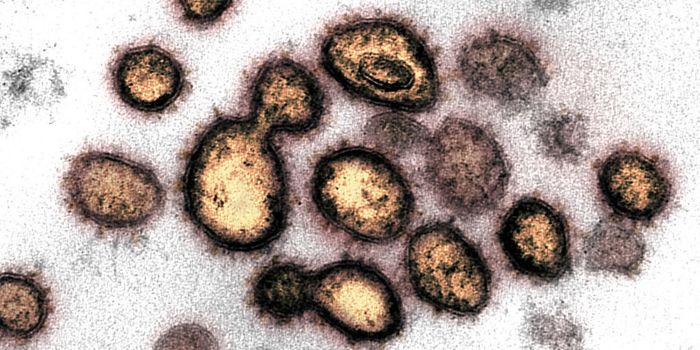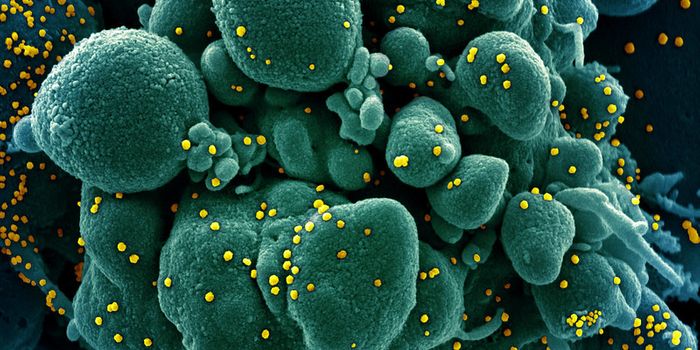A Bacterial Pathogen Can Steal Huge Chunks of DNA From Other Microbes
Microorganisms are everywhere, and they are often engaged in a fight for resources with other microbes. They can adapt to changing conditions and have many specialized abilities. The bacterium that causes cholera, Vibrio cholerae, has a kind of miniature spear and can stab other microbes with it. Called the type VI secretion system (T6SS), it was discovered in 2015 by scientists at the Ecole Polytechnique Fédérale de Lausanne (EPFL) led by Melanie Blokesch. Bacteria can also easily share genes with each in a process called horizontal gene transfer; it’s one of the ways that resistance to antibiotics is spread, for example. The researchers have now found that the T6SS enables V. cholerae to grab genes from the bacteria they poke.
Reporting in eLife, Blokesch's team determined that the V. cholerae bacterium, which has been responsible for seven serious outbreaks since 1817 and still causes the deaths of over 100,000 people every year, can steal a huge amount of genetic material with its spear. By sequencing the genomes of nearly 400 strains of V. cholerae, the researchers found that V. cholerae can grab about 150,000 base pairs, which could contain as many as 150 genes, in one stab.
"This finding is very relevant in the context of bacterial evolution," said Blokesch. "It suggests that environmental bacteria might share a common gene pool, which could render their genomes highly flexible and the microbes prone to quick adaption."
Other research studies have examined this question - how much DNA can a bacterium absorb into its genome? This has been done by exposing bacteria in the lab to large amounts of purified DNA. These tests don’t necessarily show what happens in nature, however.
Learn more about the T6SS from the video.
For this work, the scientists took the natural habitat of V. cholerae into account - long bits of DNA aren’t often floating around in nature. DNA that has been freshly released from other microbes can be found, however, and the T6SS can take it up, which sometimes happens on the surface of shells in the ocean and in estuaries, where the microbe often lives.
The researchers examined two strains of V. cholerae that are not related and grew them together on a shell-like or chitinous surface to mimic natural conditions. They found that strains of V. cholerae carrying a functional T6SS system induced by chitin can efficiently transfer DNA in this environment. Large amounts of the genome could be taken up by predatory V. cholerae. The investigators suggested that the evolution of the bacterium is aided significantly by this mechanism.
Sources: AAAS/Eurekalert! via EPFL, eLife









